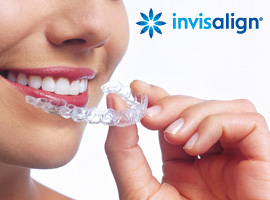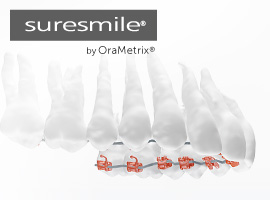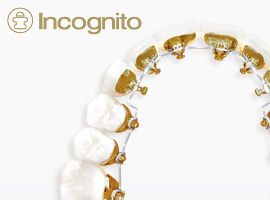We generally cover the “big five” topics
- The orthodontic treatment possibilities
- The alternatives
- Duration of treatment
- The costs involved
- And everything else you always wanted to know about orthodontics…
That includes questions like:
My daughter’s friend has lingual braces - can my daughter get them, too?
Can I still straighten my teeth at age 45? Yes, you can.
...
Exam and consultation
Orthodontic treatment begins with a simple examination and consultation. The orthodontist tells the patient and/or their parents whether treatment is necessary from a medical and/or aesthetic standpoint. This discussion is the basis for deciding whether to pursue a detailed diagnosis and treatment plan.
Treatment planning
The records necessary for planning generally include digital models of the upper and lower jaws (with digital models, there’s no need to unnecessarily discomfort patients who have a strong gag reflex), digital X-rays, and digital photographs of the face and teeth. Together with the information from the preliminary examination, these documents allow the orthodontist to develop a personalised treatment plan.
Interim diagnostics
An interim diagnostic exam is usually advisable for treatments lasting more than one year in order to monitor the course of therapy and growth. In addition to the clinical exam and evaluating updated digital models of the upper and lower jaws, it may be necessary to take digital X-rays of the teeth and skull in order to minimise negative developments (e.g. root resorption, periodontal damage, etc.) as well as to show changes caused by therapy and growth.
Retention
Upon completion of the therapy, digital models of the jaws and digital X-rays are used to plan the retention phase in order to maintain the treatment results.
Costs
Specific information about the course of treatment and the costs of each phase or the entire process will be communicated orally and in writing.











